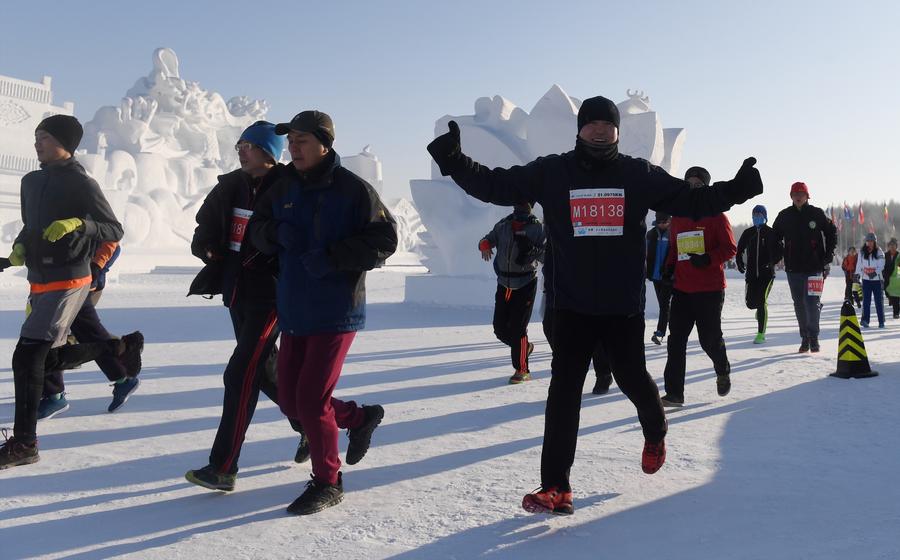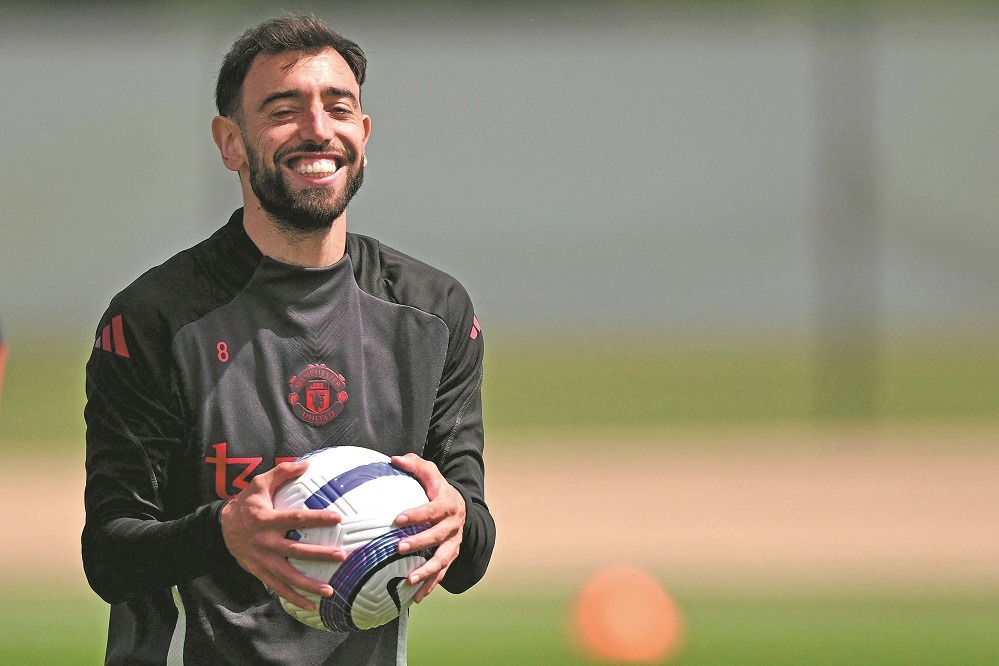Making marathons safer


Last October's race attracted over 98,000 applicants for 30,000 starting places - a rise of 48 percent on the previous year which prompted the organizing committee to run an online lottery to decide the entries.
Marathon running is now highly fashionable with the country's fitness-conscious middle class, with some even reverting to underhand methods to gain entry to races.
During a half-marathon in Xiamen in December 2016, a runner, who was later found to be competing under someone else's name, died of a heart attack after first-aid treatment based on the original participant's information failed to work.
Similar illegal registration trades were exposed at last year's Beijing Marathon when a photo of three runners wearing vests with the same bib number went viral on social media.
To tackle the issue, the new guideline urges local sports administrators, running clubs and race organizers to establish a database of runners, which would contain their ID information, racing record and health condition.
"The development of the marathon industry should focus on quality rather than quantity," said Adam Zhang, founder of the Key-Solution sports marketing and consulting agency.
"Organizers should realize that better services to improve runners' all-round experience is critical for a race's reputation."
Most Popular
- Brighton rocks sloppy Liverpool with late fightback
- Europa League golden ticket offers salvation for Premiership strugglers
- Altman not being cavalier about next season's higher expectations
- Eagle Yang's reputation soars after US tryouts
- United skipper leads the charge
- China protests over damaged racket, ITTF pledges to investigate





























